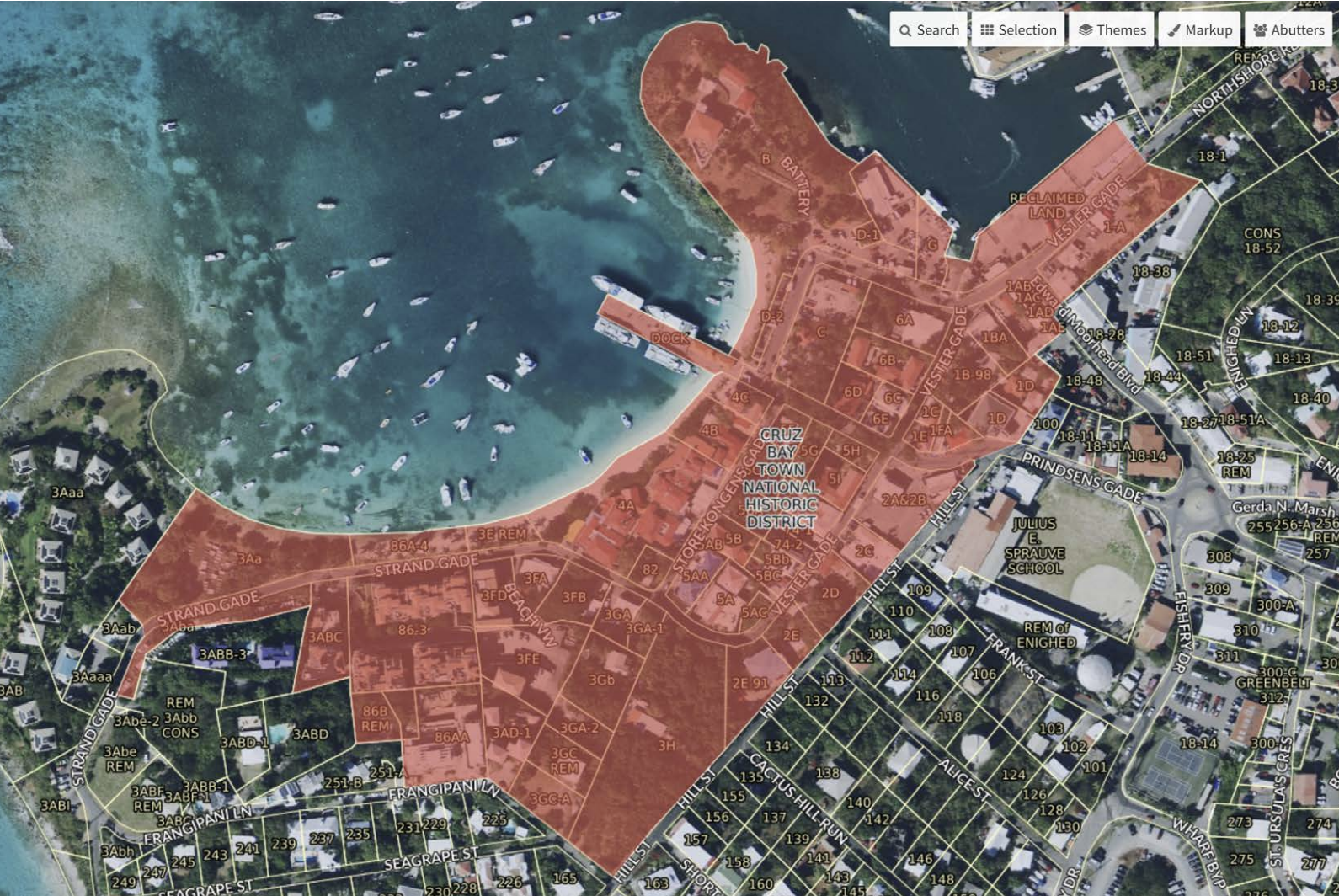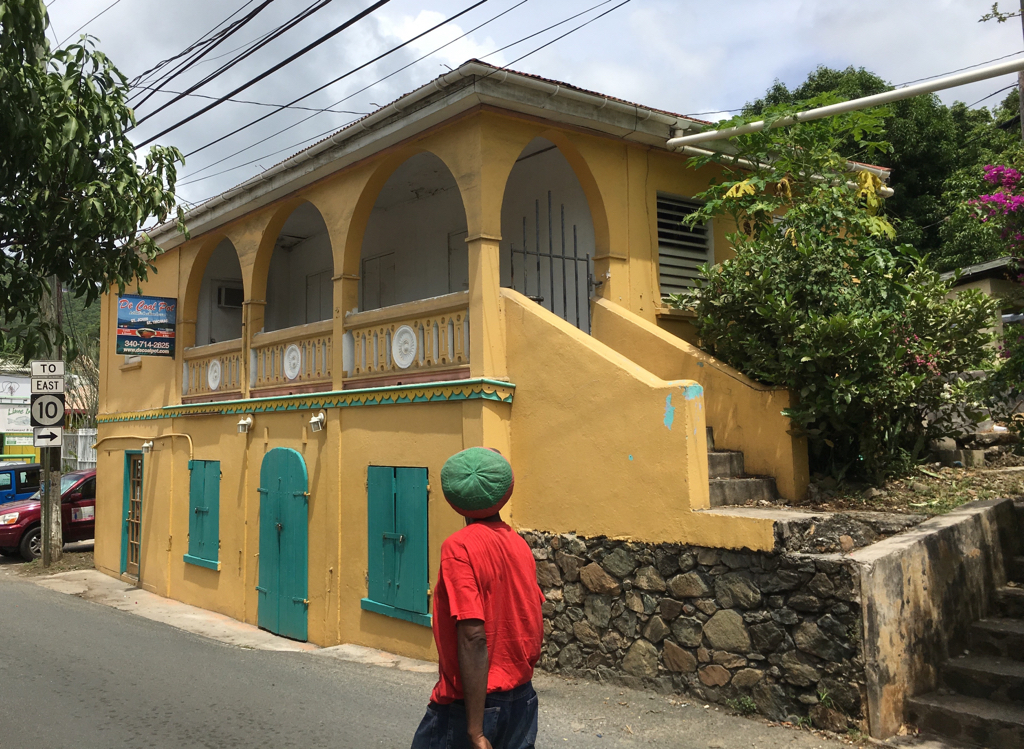
In recent years, more than one business owner has attempted to erect a neon sign in Cruz Bay, only to discover that this type of signage is not permitted within the boundaries of the Cruz Bay Historic District.
It’s now been seven years since the Cruz Bay Historic District was established, but property owners and businesses are often unaware that regulations prevail regarding the appearance of roofs, shutters, trim, windows, signage and paint color within the boundaries of the historic district.
On Thursday afternoon, St. John resident Kurt Marsh, who now serves as chairman of the V.I. Historic Preservation Commission, met with St. John residents at the St. John Legislative Annex to inform them about regulations and the process for applying for exterior design modifications.

This meeting — as well as one held in the morning for government officials — is part of an initiative to improve communication between property owners seeking to upgrade their property and the territorial agencies that oversee their efforts, including the V.I. State Historic Preservation Office. Both meetings were held virtually as well as in person.
Marsh made it clear that the Historic Preservation Commission is open to working with property owners and businesses. “We’re not a brick wall. We don’t want to prevent enhancements to your property. We’re trying to alleviate your burden as we move towards compliance,” he said.
Marsh said that the commission bases its enforcement on regulations established for the Charlotte Amalie Historic District, but Cruz Bay is fundamentally different as its prevailing architecture is not Danish Colonial.
Most of the structures in Cruz Bay were built within the last hundred years and are classified as “Neo-Vernacular” architecture. (Examples of this are the Sprauve family complex and the concrete building that became Fred’s Bar and Restaurant.)

Marsh said Cruz Bay has few vacant lots and dilapidated structures compared to Charlotte Amalie, Christiansted and Frederiksted — the other three historic districts in the territory.
“We have a built space. Let’s come together and decide what it should look like moving forward,“ Marsh said.
The question is especially timely as a team of professional planners is preparing to present its report on ways to improve Cruz Bay after holding a series of public sessions.
One of the main concerns during those sessions was the lack of “walkability” in Cruz Bay, and the issue was raised again at Thursday’s meeting. Marsh explained that historically, property owners’ boundaries extended all the way to the road, so the majority of sidewalks in the town are privately owned. He called for a larger conversation to consider how to compensate property owners to create publicly-owned sidewalks.
Members of the audience also asked if regulations would allow solar panels to be deployed on roofs. Marsh said solar panels would be allowed; in fact, a vendor selling red solar panels had been found for a property in Charlotte Amalie where roofs must be painted a certain shade of red.
Questions also arose about the design of Wharfside Village, which has been undergoing major structural changes. Marsh explained that Wharfside Village’s application for construction was submitted before Cruz Bay’s designation as a historic district.
When Wharfside’s owner applied for readjustments more recently, members of the St. Thomas-St. John Committee of the Historic Preservation Commission approved the plans, including the round windows. “The architect explained why they were relevant,” Marsh said, citing their nautical look at a waterfront location where warehouses had historically stood.
Marsh said the V.I. State Historic Preservation Office has some funding to assist property owners for small projects like signage to comply with regulations. In the future, a separate committee for overseeing design changes in Cruz Bay Historic District — with a unique set of regulations — could be implemented.
Those attending Thursday’s meeting were given a handout explaining the regulations designed to preserve the features of structures within historic districts.
Marsh said the St. Thomas-St. John Committee of the V.I. Historic Preservation Commission will meet next on Nov. 14. Applications for consideration at this meeting must be submitted to officials by Oct. 31.


